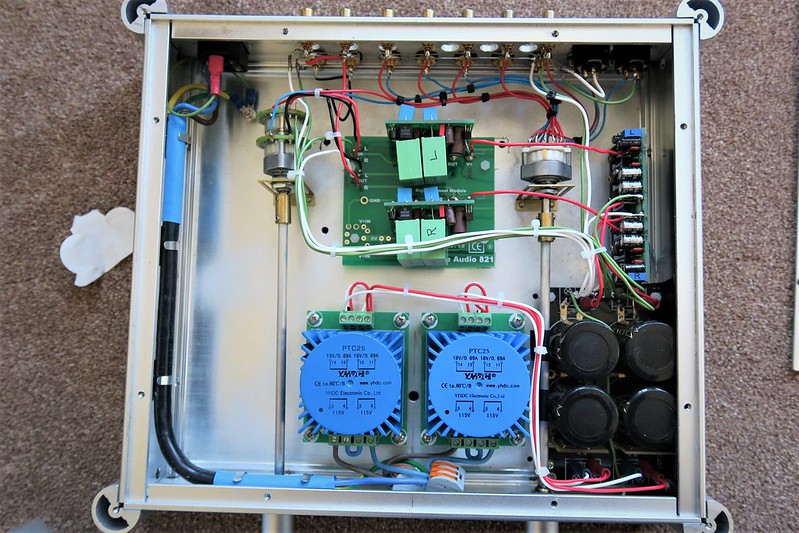Hi everyone
I’m canvassing advice, opinions, facts and help.
Currently using a Naim NAC 102 with a NAPSC 2 powered by an Avondale APX 2 into a Naim NAP 140 into Naim Credos. Inputs are a Naim CDX and a Cambridge CXN V2 Streamer. I only ever play at low volume levels.
I’ve wondered about changing my pre amp and I’ve been drawn towards Avondale. I understand that there are 3. An “entry” with 321 boards, an upgraded version with 821 boards and finally a Grad 1.
I’ve several questions:
a) what’s the difference between each and does sound quality increase as you move up the range
b) would they all improve on my existing NAC 102
c) can they be used with my APX 2
d) what are the dimensions of each (sorry)
e) do they all perform well even at my low volume levels
Every thought you can offer is extremely helpful so please do voice your opinions and comments and experience.
Or should I get rid of my Naim amps and buy a decent secondhand integrated and if so what?
Thanks in advance I’m really looking forward to anything you have to say.
I’m canvassing advice, opinions, facts and help.
Currently using a Naim NAC 102 with a NAPSC 2 powered by an Avondale APX 2 into a Naim NAP 140 into Naim Credos. Inputs are a Naim CDX and a Cambridge CXN V2 Streamer. I only ever play at low volume levels.
I’ve wondered about changing my pre amp and I’ve been drawn towards Avondale. I understand that there are 3. An “entry” with 321 boards, an upgraded version with 821 boards and finally a Grad 1.
I’ve several questions:
a) what’s the difference between each and does sound quality increase as you move up the range
b) would they all improve on my existing NAC 102
c) can they be used with my APX 2
d) what are the dimensions of each (sorry)
e) do they all perform well even at my low volume levels
Every thought you can offer is extremely helpful so please do voice your opinions and comments and experience.
Or should I get rid of my Naim amps and buy a decent secondhand integrated and if so what?
Thanks in advance I’m really looking forward to anything you have to say.


 821A PreAmp
821A PreAmp